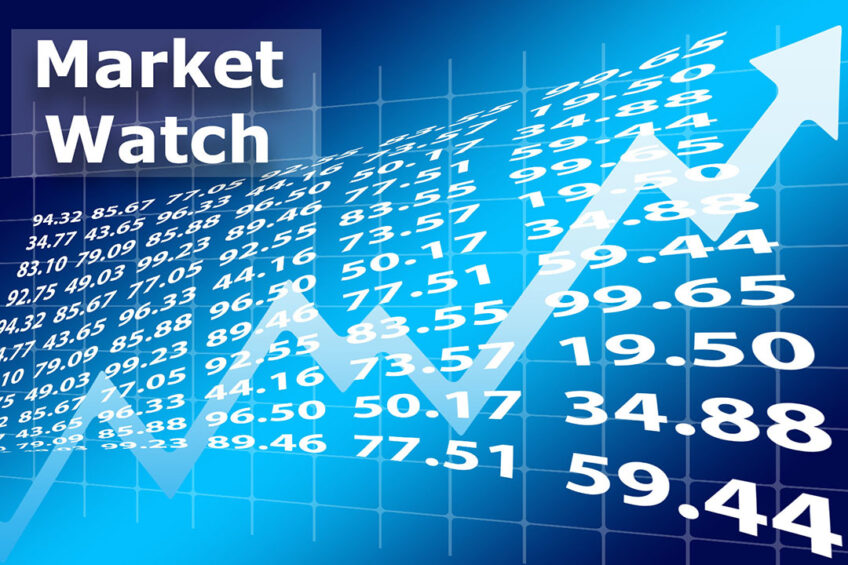Market outlook: Better prospects for global dairy industry

The prospects for the global dairy industry have improved. COVID-19 restrictions are easing, food service sales have resumed and dairy prices look to be on the rebound. Fonterra is even offering sustainable farmers a new payment.
In Australia Fonterra opened the season 2020-2021 with a price of US $4.18 per kilo milk solids. The company has recently increased this price to US $4.41. Bega and Saputo offer similar prices and Burra Foods has now raised its price to the same level to stay competitive.
MARKET PRICES:
See Dairy Global’s new market prices tool
Rabobank concludes that the minimum price announcements set for the new season are above expectation, suggesting limited upside in the season ahead. According to senior dairy analyst Michael Harvey of Rabobank, Australia’s milk production recovery in the southern export pool was gathering pace, up 6.7% in April year-on-year.
MARKET PRICES TOOL:
Skim milk powder
Season-to-date milk production was 7.5 billion litres, down 1.6% year-on-year, with exceptional gains in Tasmania and Gippsland. Rabobank is forecasting milk production to finish at 8.7 billion litres this season, representing a decline of just 0.7%. For the 2020-2021 season Rabobank expects the milk production to expand by 3.4%.
Fonterra – new payment
In New Zealand the world’s biggest dairy exporter Fonterra has announced that farmers producing sustainable, high quality milk will be eligible for a new payment. The company will pay farmers up to 6.4 US cents per kilogramme of milk solids extra, if the farm meets the Co-op’s on-farm sustainability and value targets.
MARKET PRICES TOOL: Global dairy trade
This new so called Co-operative Difference Payment is part of the Fonterra’s strategy to add value to New Zealand milk. It responds to increasing demand from customers around the world for sustainably produced dairy. The payment will be funded out of the Farmgate Milk Price.
MARKET PRICES TOOL:
Latest futures prices for Cheese
“The total Farmgate Milk Price will remain the same across the Co-operative,” says Fonterra CEO Miles Hurrell. “But the amount that each individual farm is paid will vary depending on their contribution under The Co-operative Difference, in addition to the other variables, like fat and protein, which affect the amount that’s paid. The reality is that the drivers of value are changing, and we need to reflect that. Our customers want to know that the products they are buying are not only safe, but also produced sustainably.”
Milk production to continue expanding
Rabobank forecasts milk production to continue expanding across the big dairy-exporting regions the US, EU, Brazil, Argentina, Uruguay, New Zealand and Australia in the second half of 2020. It predicts a 0.9% year-on-year growth in the first half of 2021.
MARKET PRICES TOOL:
Latest futures prices for Butter
Dairy analyst Harvey says while the northern hemisphere recently experienced a rebound in milk and dairy product prices, it may be too soon to call a true dairy market recovery. “We are on a path toward recovery, but we are not out of the woods,” he emphasises. “Much of the price support has been driven by government intervention in the market, through dairy purchases, direct income payments, and managing surplus stock, combined with the reopening of foodservice outlooks that has helped jump-start demand.”
High stock levels
An expected decrease in demand from South East Asia plus lower Chinese dairy import needs could lead to a surplus of milk, and contribute to high stock levels in the second half of 2020. Mr Harvey says this inventory build would put downward pressure on dairy commodity prices in the months ahead due to this heightened levels of stocks and competition for reduced import demand.
MARKET PRICES TOOL: World prices dairy products
Dairy analysts in the US say recent increases in dairy prices are welcome but are not expected to last through the end of the year. Dairy farmers in the US are not expected to increase production until the fall which should keep prices supported. But when global demand weakens because of built up inventories, prices might slip back.
MARKET PRICES: See Dairy Global’s new market prices tool
Join 13,000+ subscribers
Subscribe to our newsletter to stay updated about all the need-to-know content in the dairy sector, two times a week.










